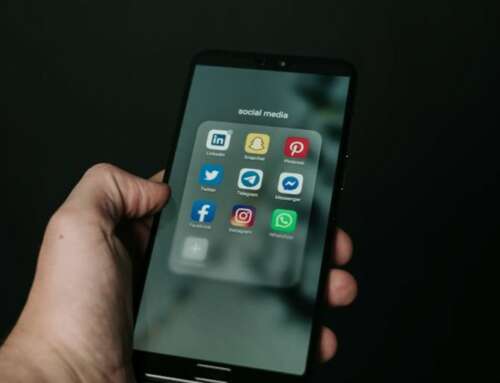Earlier this week, Harvard University revealed that it had rescinded admissions offers to at least 10 students who shared offensive images within what they thought was a private Facebook group chat. The students posted memes and images that mocked minority groups, child abuse, sexual assault and the Holocaust, among other things.
It is easy for parents to be left wondering, “What were they thinking?”
Over the past few years, memes — usually images or videos with text often meant to be funny or sarcastic in nature — have become one of the most popular ways, along with photos and videos, that youth communicate on social media. While some of that communication can be positive, allowing teenagers to explore their own identity development and find a sense of belonging, it can also get teens in trouble.
Sharing videos, images and memes creates the opportunity for an instantaneous positive feedback loop that can perpetuate poor decision making. In an environment where teens spend around nine hours using some form of online media every day, it doesn’t take long for them to be influenced by an “all-about-the-likes” sense of values that can potentially lead to life-altering decisions.
I’ve spent nearly two decades working with teens on organization and time-management in the heart of the Silicon Valley, and many teen girls tell me they have a real Instagram account (“rinsta”) for a wider audience and then keep a “finsta” (friends-only or “fake” Instagram) for their closest friends.
Many teens use shortened versions of their names or aliases for finsta accounts, which they often see as an opportunity to share a less edited, less filtered version of their lives. They might spend a lot of time trying to capture the perfect Instagram photo for the “rinsta,” which reaches a wider general audience, while a finsta might reveal, as one high school sophomore girl declared, “my innermost thoughts.” Like the teens in the Harvard Facebook group chat, those using finsta accounts can have a false sense of confidence to say and do things they might not want a wider audience to see.
And because so much of today’s teen social media use is rooted in a fear of getting caught, many teens have detoured their online activity to different ways of cloaked communication. Closed and secret Facebook groups are one way teens (and adults!) privatize communication to a select group — a closed group feels more private because it allows an administrator to approve new users and monitor content. Secret Facebook groups remain unsearchable, and members can only be added or invited by another member. Another trick is to use hidden apps like Calculator% and Calculator+ that look like regular calculators, but require users to enter their passcodes to reveal a back storage area containing private photos.
Also popular with secretive teens are storage apps like Vaulty, which allows users to hide photos and videos, and also has a “mug shot” feature, which takes a photo of anyone who tries to access the app using an incorrect password. Vaulty’s most clever trick? Users can create two passwords for one vault, with each password tied to specific levels of access. So, a parent who insists that a teen hand over the password still might be getting limited access. Some teens just hide apps within folders on their phones. Parents wondering if their children are hiding something might look for a cleared search history and an unexplainable spike in data usage as potential red flags.
– Ana Homayoun
Read More: The Secret Social Media Lives of Teenagers
Image by Marvin Meyer from Unsplash







Leave A Comment